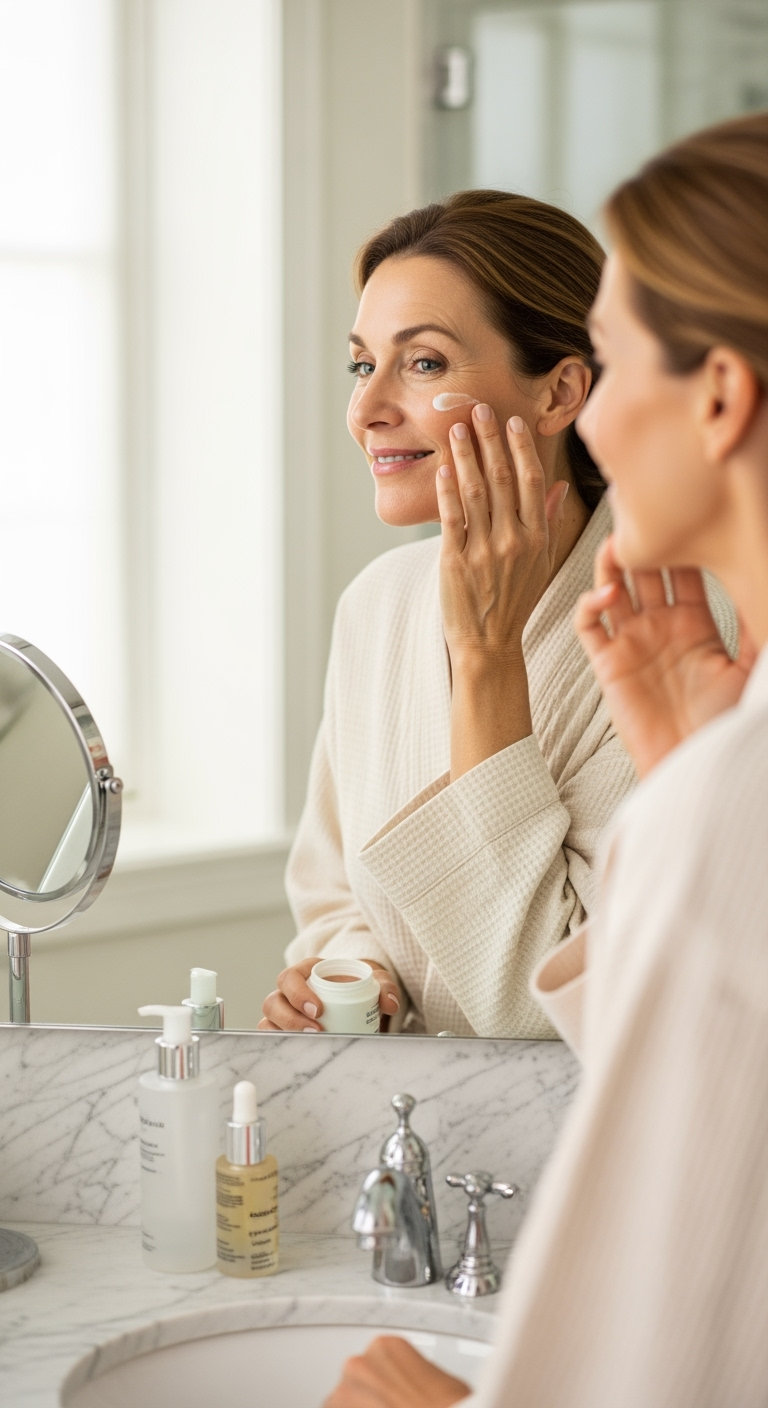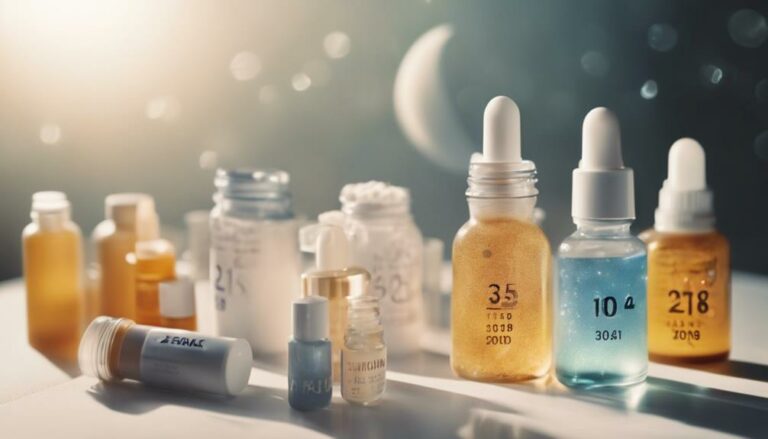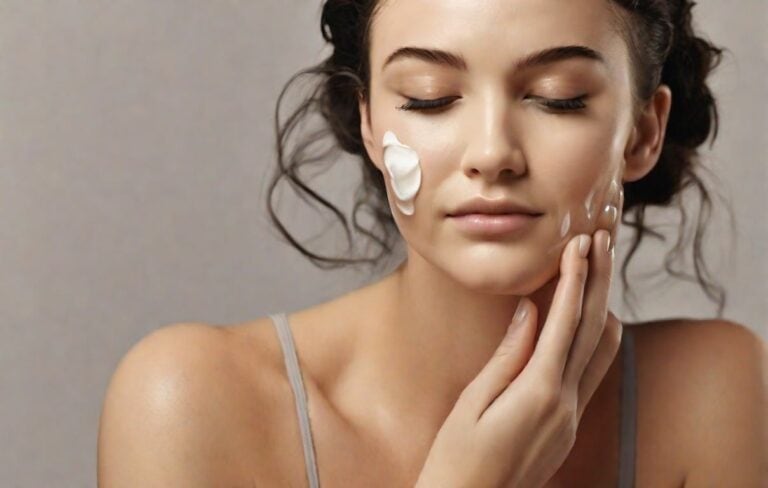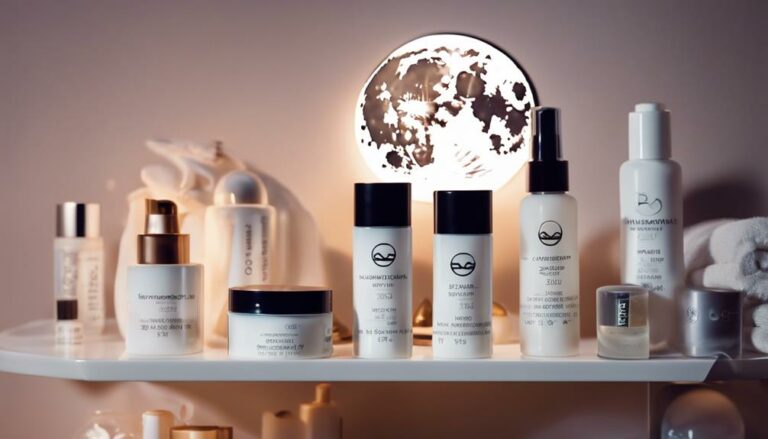When Should You Really Start Using Anti-Wrinkle Cream? Let’s Talk
Here’s the truth: the world of anti-aging skincare can feel like a minefield. Between influencers preaching about “prevention at 20” and dermatologists cautioning against overdoing it, you might be left staring at your bathroom shelf wondering—am I late to the game, or too early to start?
The good news: there’s no one-size-fits-all answer. The even better news? I’m breaking it all down for you, from what anti-wrinkle creams actually do, to the perfect age to start incorporating them into your routine (and no, it’s not the same for everyone).
Let’s get into it.
Table of Contents
First Things First: What Is an Anti-Wrinkle Cream?
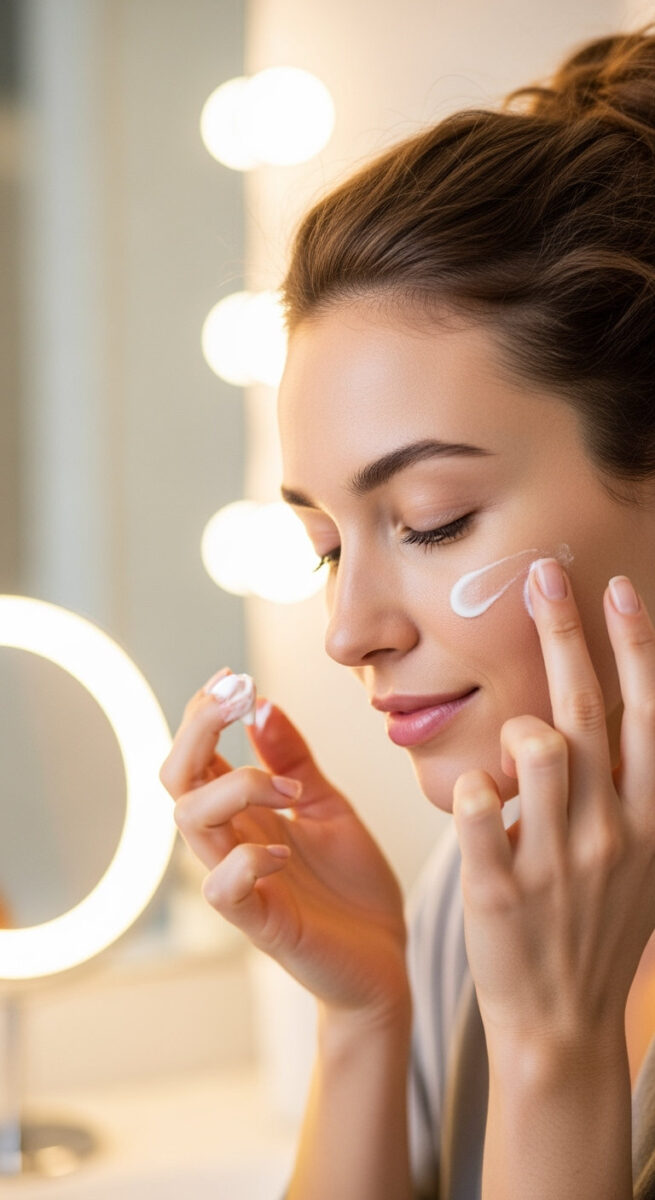
Before we dive into the “when,” let’s talk about the “what.” Anti-wrinkle creams are skincare formulas designed to:
- Prevent premature fine lines from forming.
- Soften existing lines and improve skin texture.
- Protect your skin from things like dehydration, sun damage, and environmental stress.
Most of them are packed with a cocktail of hydrating ingredients (think hyaluronic acid and ceramides), antioxidants (vitamin C, green tea, resveratrol), and active ingredients like retinol or peptides that encourage collagen production.
Think of them as your skin’s support system—keeping things firm, plump, and resilient.
The Aging Timeline: What Actually Happens to Your Skin?
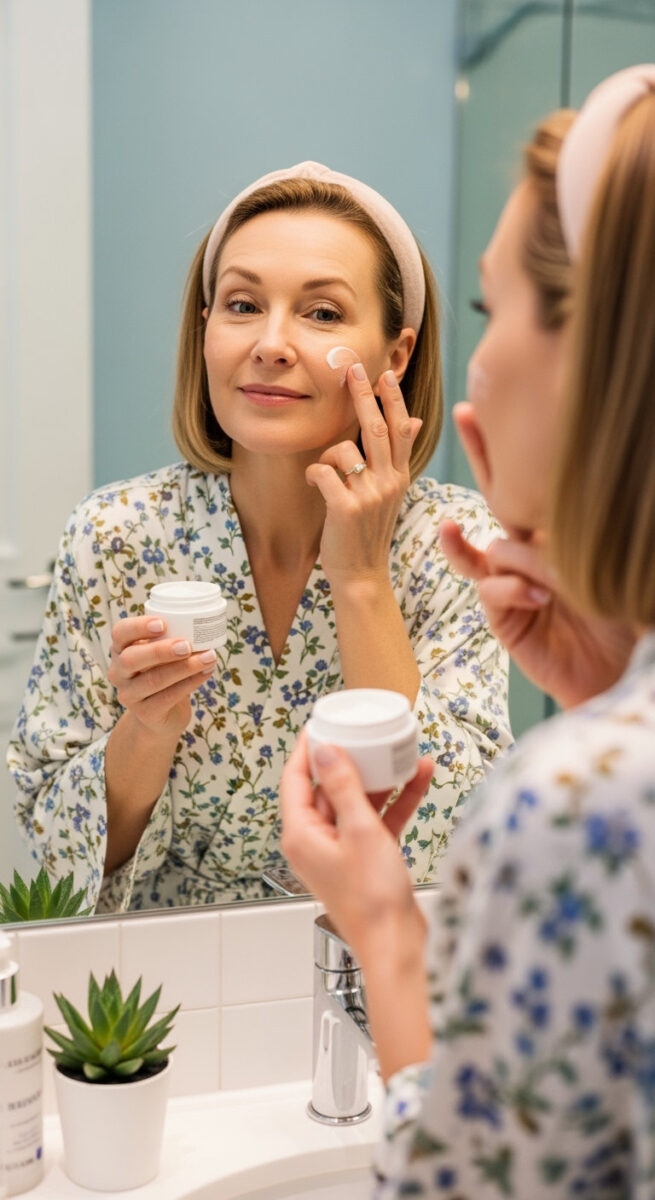
To figure out when to start anti-wrinkle cream, you have to understand how skin naturally changes over time. Here’s a rough breakdown:
- Early 20s: Skin is bouncy, collagen-rich, and recovers fast. Fine lines aren’t a thing (yet), but lifestyle habits—like sun exposure, smoking, or skipping moisturizer—can kickstart premature aging.
- Mid-to-late 20s: This is when collagen and elastin production starts to slow down. You may notice faint expression lines after a long day, or dullness from stress and lack of sleep.
- Early 30s: Fine lines (especially around the eyes and mouth) may appear. Skin turnover slows, which means rougher texture and less natural glow.
- Mid-30s to 40s: Deeper wrinkles begin to form, skin loses firmness, and sunspots or uneven tone can become more noticeable.
- 50s and beyond: Menopause-related changes (like loss of estrogen) can accelerate thinning skin, dryness, and sagging.
So the real question isn’t just “When do I start?” but rather: What does my skin need at this stage?
The Magic Age: When to Start Using Anti-Wrinkle Cream

Here’s the simple answer: mid-to-late 20s is the sweet spot for prevention.
Why? Because that’s when collagen and elastin production starts declining. Think of it like maintaining your car—you don’t wait for it to break down before you start with tune-ups. You start early to keep it running smoothly.
That said, if you’re in your 30s, 40s, or even 50s and haven’t used one yet, don’t panic. It’s never too late to start taking care of your skin. You may just want to opt for stronger, more targeted formulas.
A Breakdown by Age Group
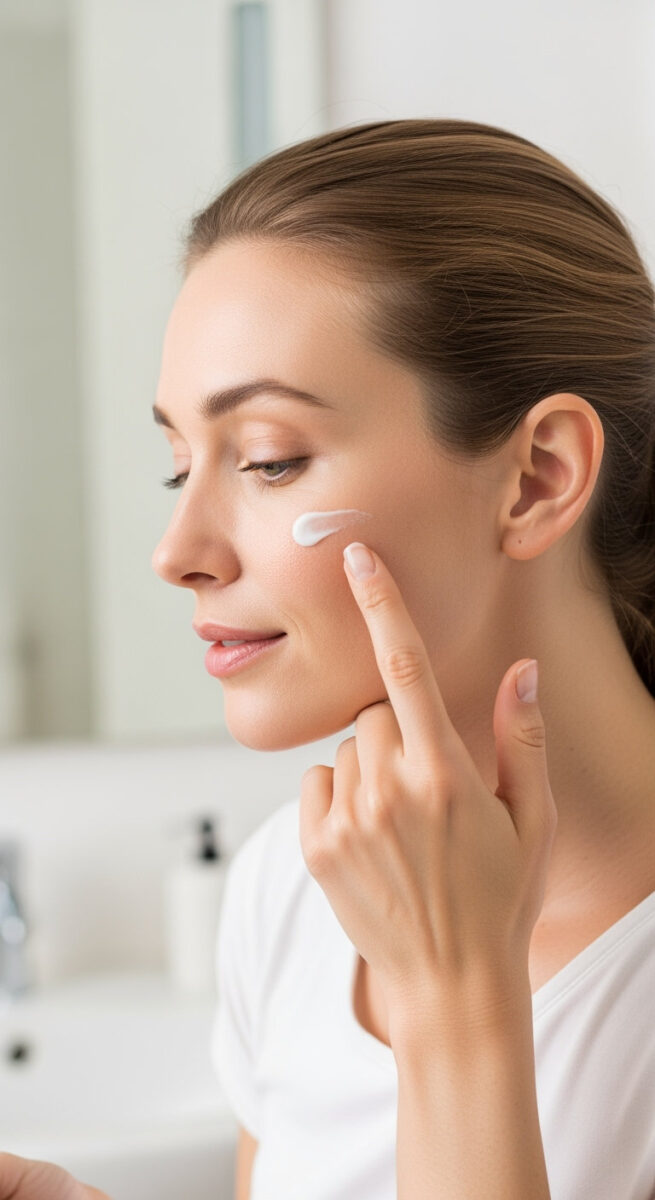
Here’s a more practical, age-by-age cheat sheet:
In Your Early 20s
- Focus on hydration, sunscreen, and gentle antioxidants.
- If your lifestyle includes lots of sun, stress, or late nights, a lightweight anti-wrinkle cream can help as a “just in case.”
- Think prevention, not correction.
Mid-to-Late 20s
- This is prime prevention time.
- Start with creams containing peptides, niacinamide, or low-strength retinol.
- Consistency now pays off big later.
30s
- Add in targeted actives like retinol or retinal, depending on your skin’s tolerance.
- Look for formulas with hyaluronic acid to keep hydration levels high.
- Anti-wrinkle creams at this stage can help smooth fine lines and preserve firmness.
40s
- Skin needs more support—look for richer textures, stronger peptides, and antioxidants.
- Ingredients like growth factors and ceramides are gold.
- At this age, anti-wrinkle creams can visibly soften deeper lines and improve elasticity.
50s and Beyond
- Opt for nourishing, lipid-rich creams to fight dryness and thinning.
- Retinoids, peptides, and deeply hydrating formulas work best.
- Anti-wrinkle creams won’t erase every wrinkle, but they’ll absolutely improve texture, comfort, and glow.
Key Ingredients to Look Out For

Not all anti-wrinkle creams are created equal. Here’s what actually makes a difference:
- Retinol/Retinoids: The gold standard for boosting collagen and speeding up cell turnover.
- Peptides: Signal your skin to produce more collagen and elastin.
- Hyaluronic Acid: Plumps and hydrates skin, reducing the look of fine lines.
- Niacinamide: Brightens, strengthens the barrier, and improves elasticity.
- Antioxidants (Vitamin C, E, Green Tea): Protect from free radical damage (aka wrinkles waiting to happen).
- Ceramides: Repair the skin barrier and prevent moisture loss.
Common Myths About Anti-Wrinkle Cream

Let’s clear up some misconceptions:
- “If I start too young, I’ll ruin my skin.”
Not true. The right formula for your age/skin type is perfectly safe. Just avoid high-strength retinoids before your skin’s ready. - “Anti-wrinkle creams can erase wrinkles completely.”
Nope. They can reduce, soften, and prevent—but deep-set lines may need professional treatments. - “Moisturizer and anti-wrinkle cream are the same thing.”
They’re cousins, not twins. Moisturizer hydrates. Anti-wrinkle creams hydrate plus deliver actives that fight aging.
Lifestyle Factors That Matter More Than Creams

Here’s the kicker: no anti-wrinkle cream will save you if you’re ignoring these:
- Sun Protection: Daily SPF is non-negotiable. 90% of skin aging comes from UV rays.
- Diet & Hydration: Antioxidant-rich foods and plenty of water show up on your skin.
- Sleep: Your skin repairs itself while you snooze. Skimp on sleep, and it shows.
- Stress: High cortisol levels break down collagen. Yes, that means stress lines are real.
- Smoking & Alcohol: Both accelerate skin aging—worth cutting down if you want glowing skin.
How to Introduce Anti-Wrinkle Cream Without Overdoing It
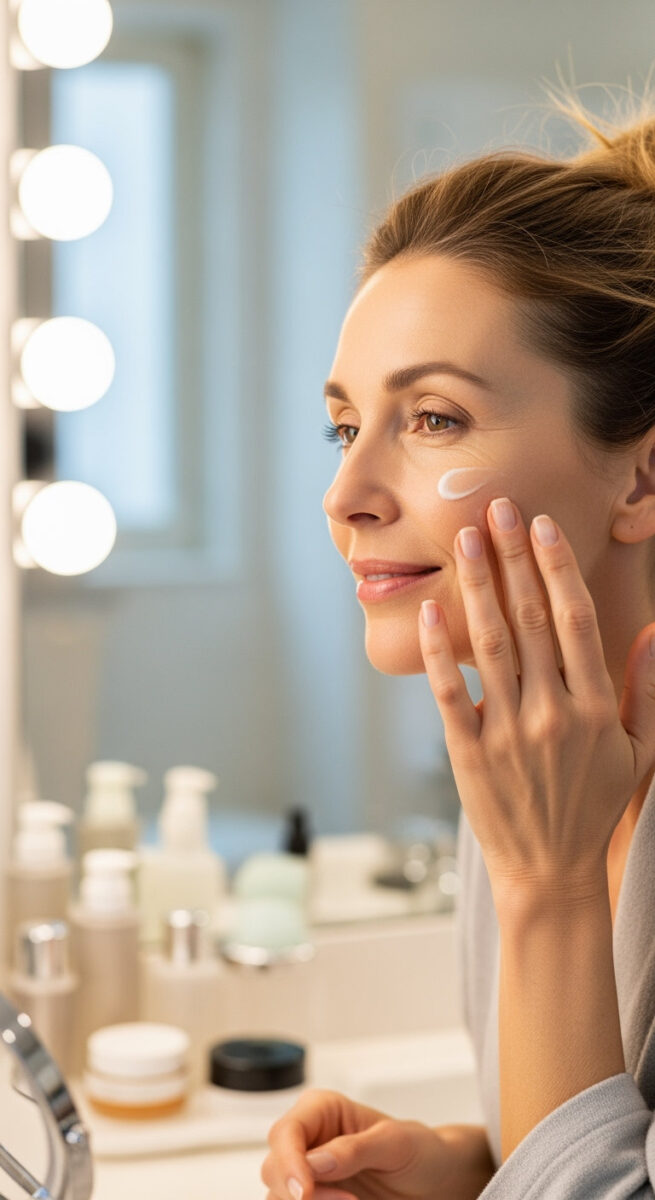
- Patch test first. Especially if it contains retinol.
- Start slow. 2–3 nights a week, then build up.
- Don’t layer actives carelessly. Retinol, acids, and vitamin C can be a harsh combo unless formulated together.
- Always follow with SPF. Anti-wrinkle actives make skin more sun-sensitive.
The Bottom Line
So, when should you start using anti-wrinkle cream?
- If you’re in your early 20s, focus on SPF and hydration.
- By your mid-to-late 20s, it’s smart to introduce a gentle anti-wrinkle cream.
- In your 30s and beyond, it becomes more about active correction and targeted care.
The real secret? Consistency beats age. Whether you’re 25 or 55, sticking to a solid routine (with SPF, hydration, and smart anti-aging actives) will always pay off more than starting-and-stopping with trendy products.
At the end of the day, wrinkle creams aren’t about chasing youth—they’re about supporting your skin so it looks healthy, radiant, and confident at every age.

